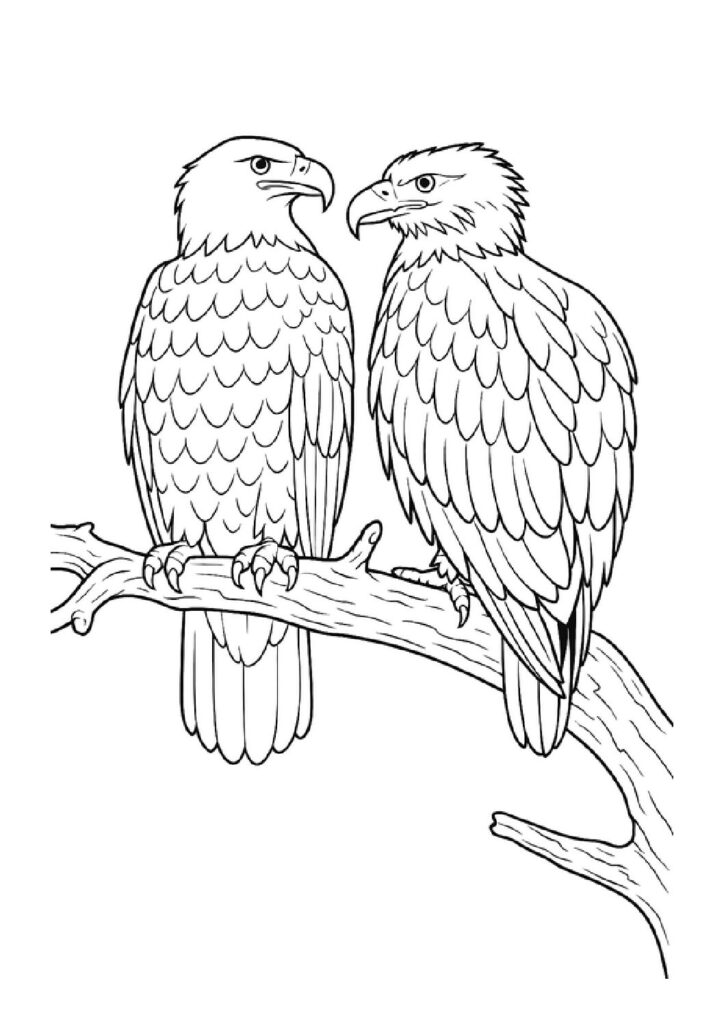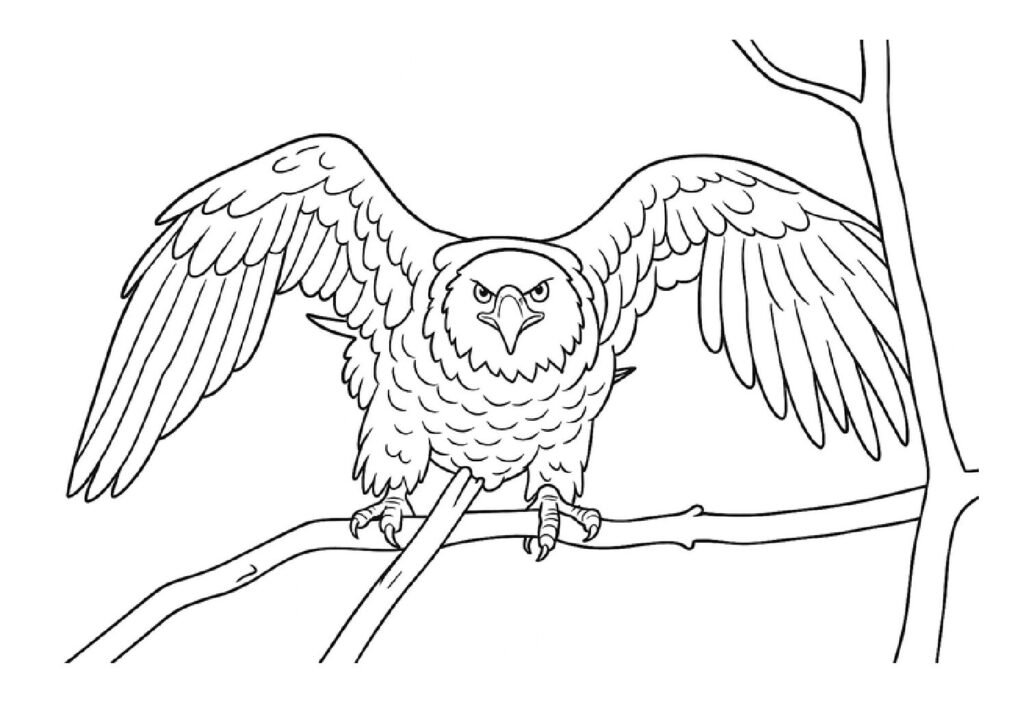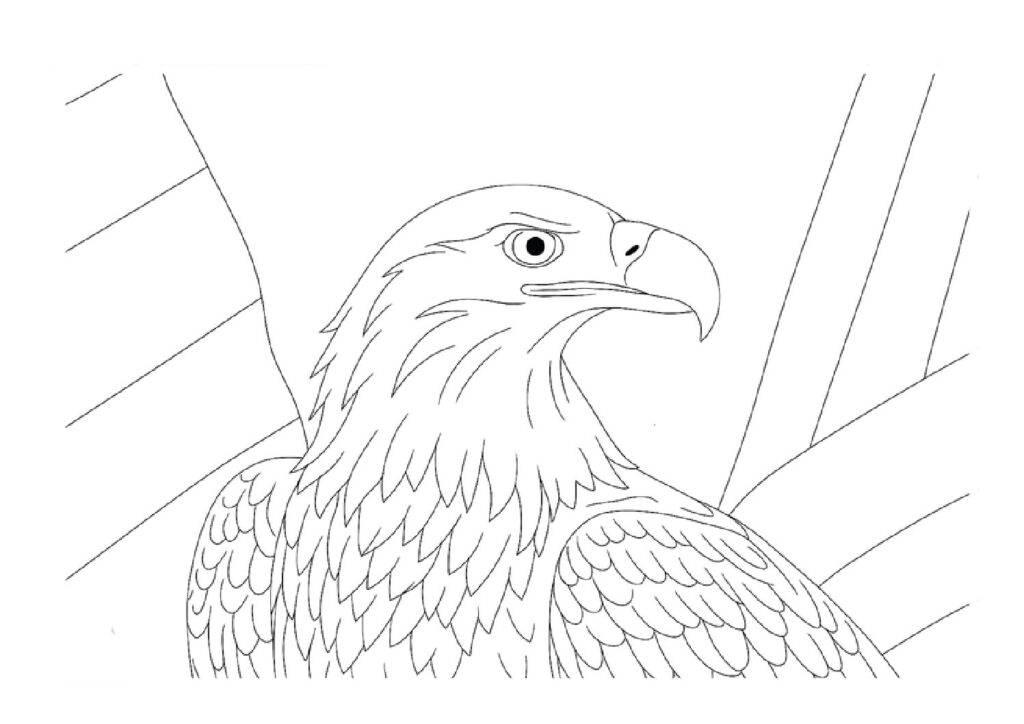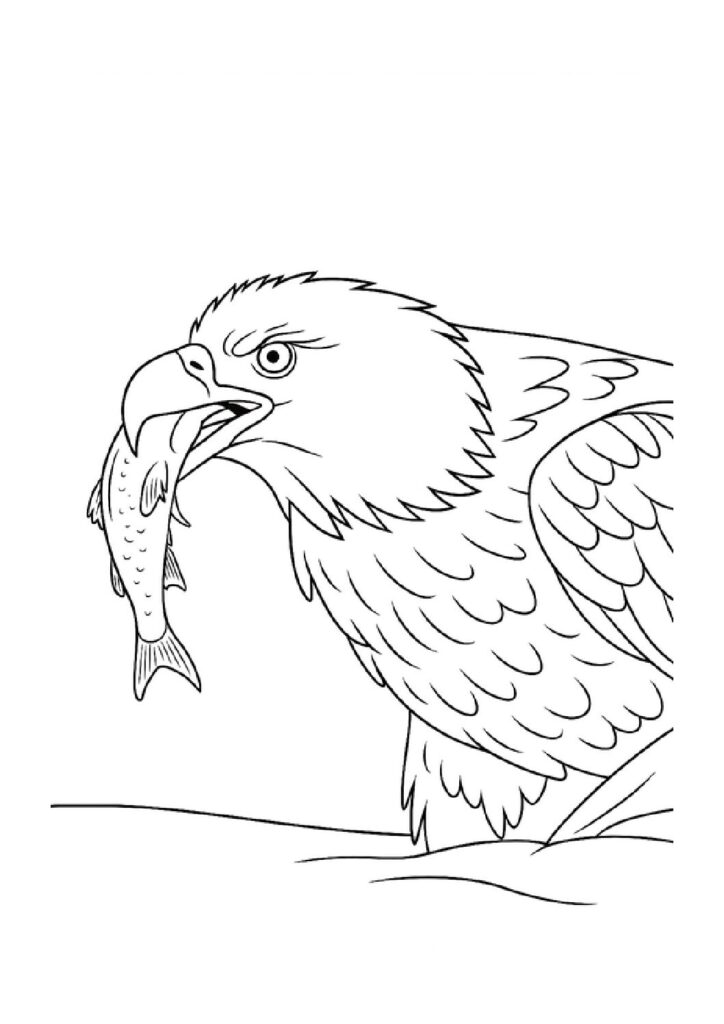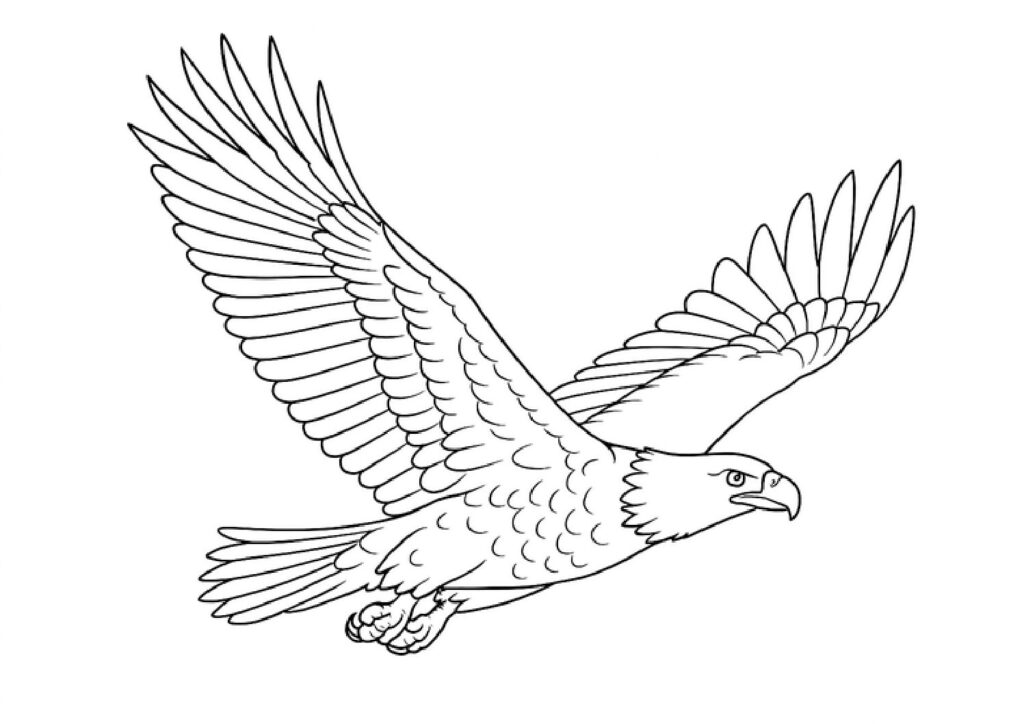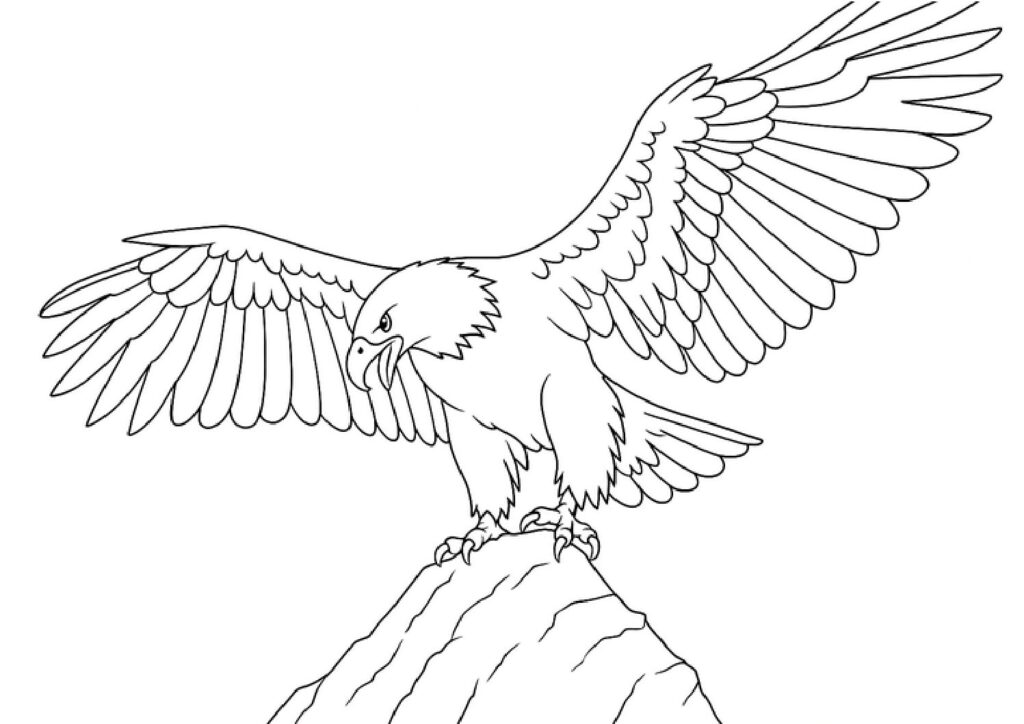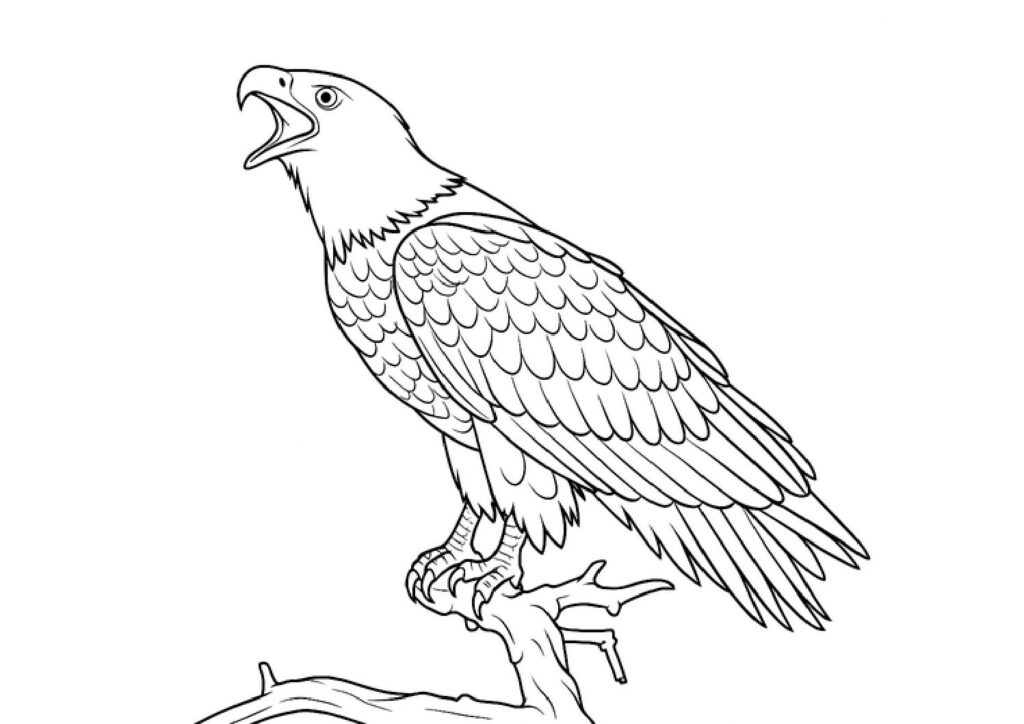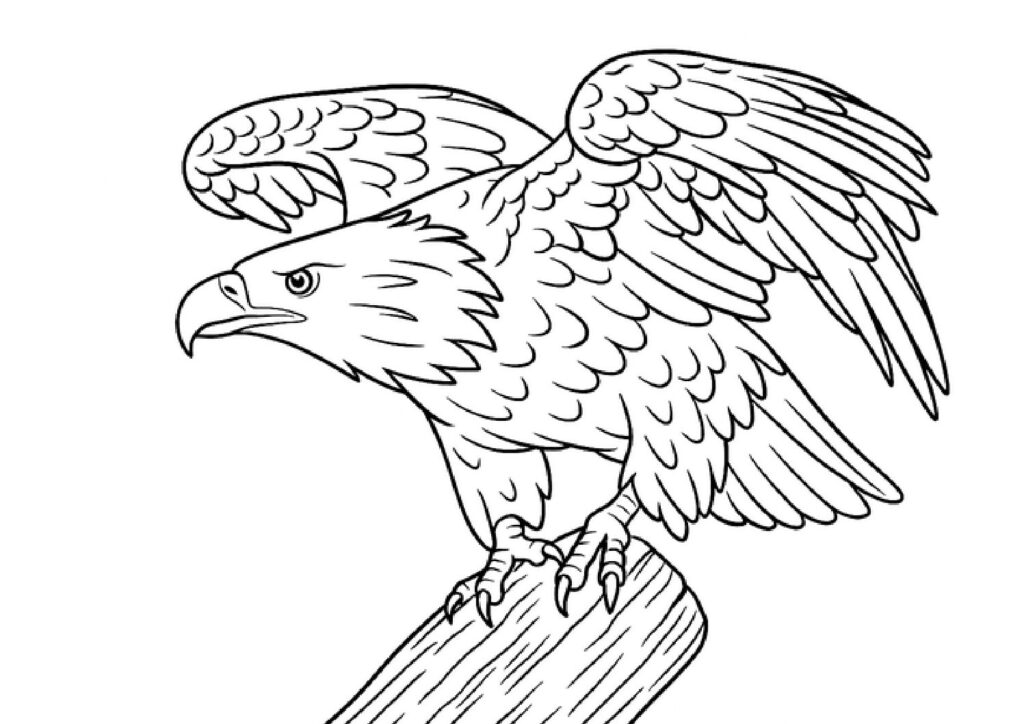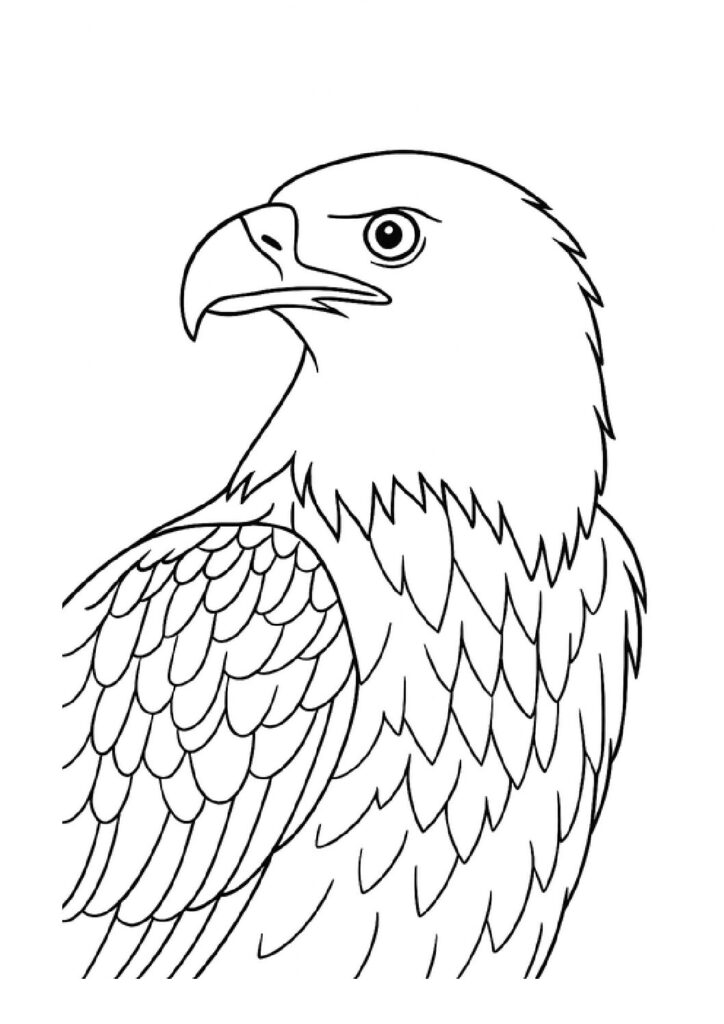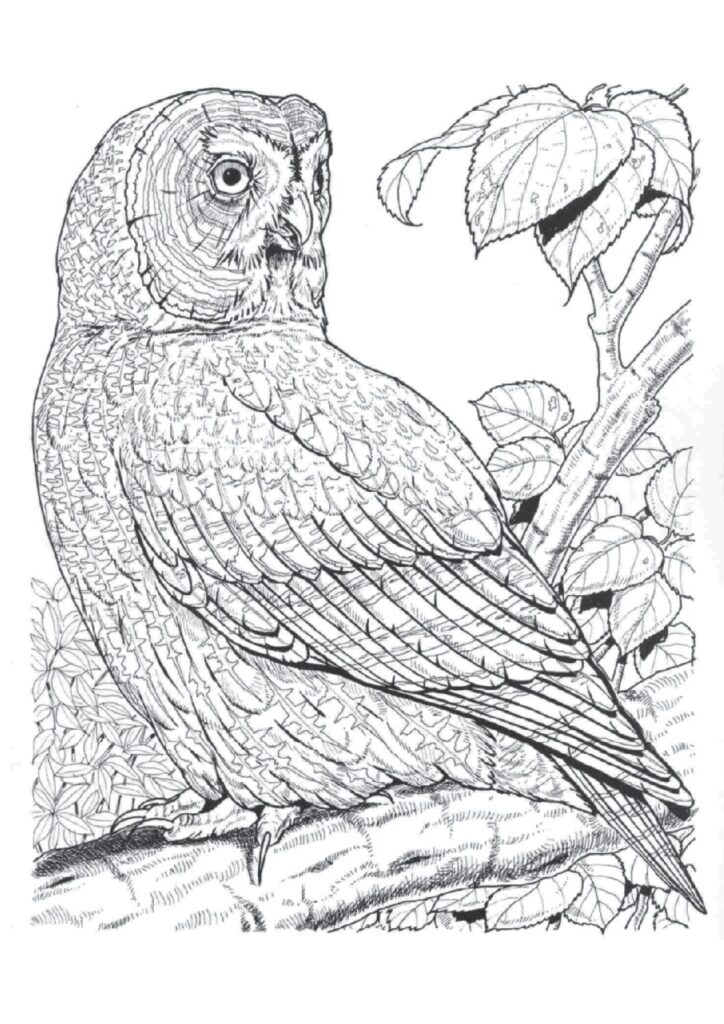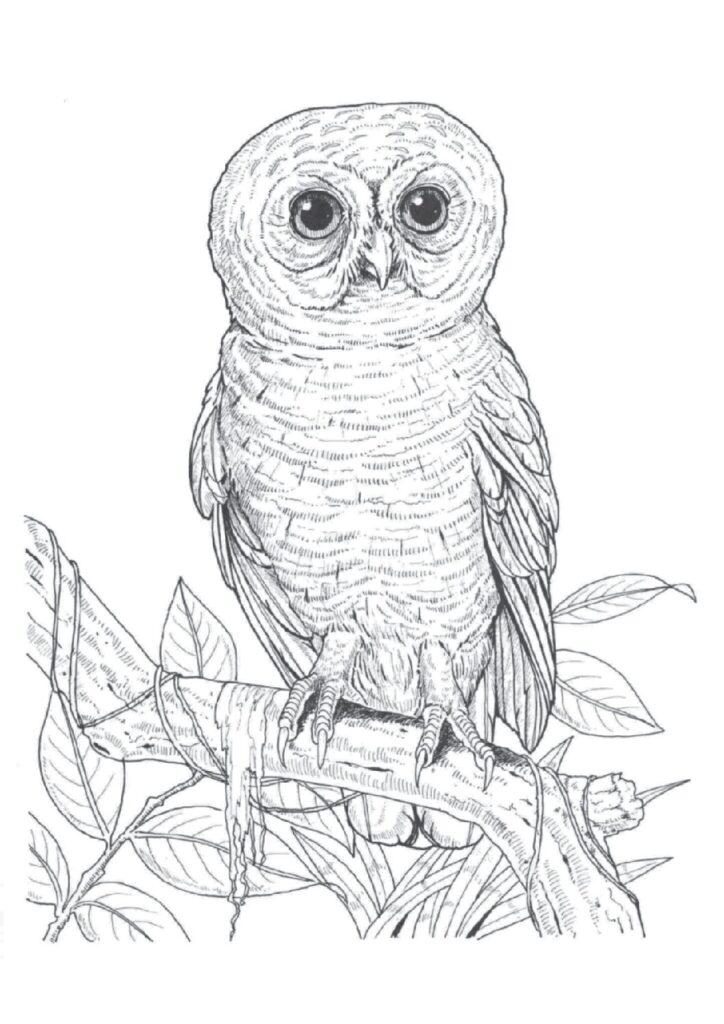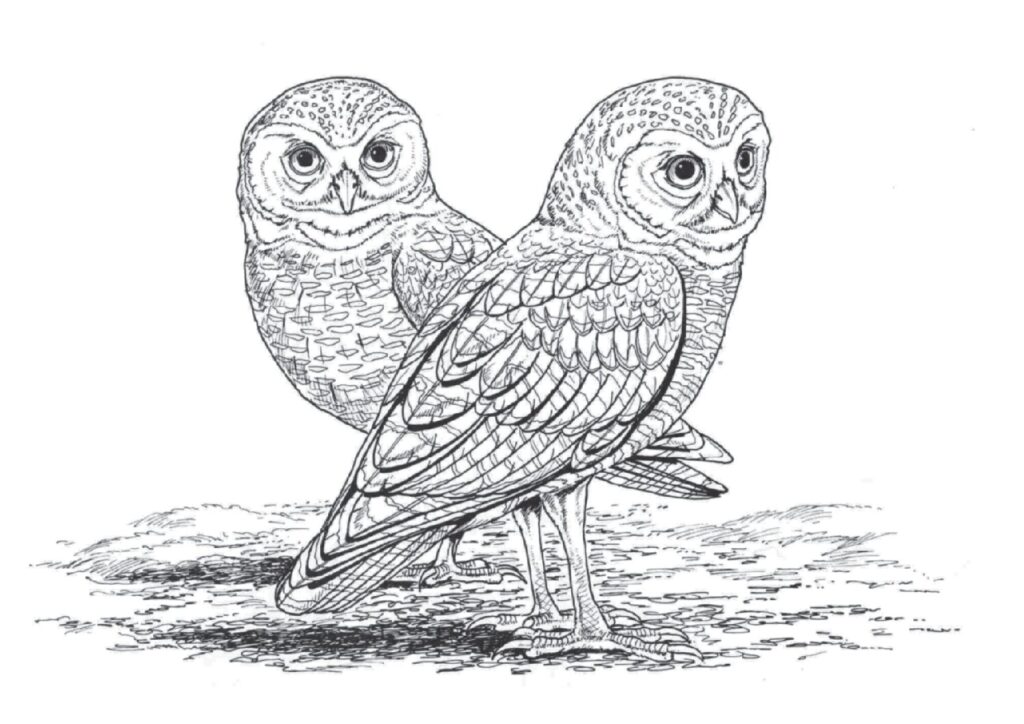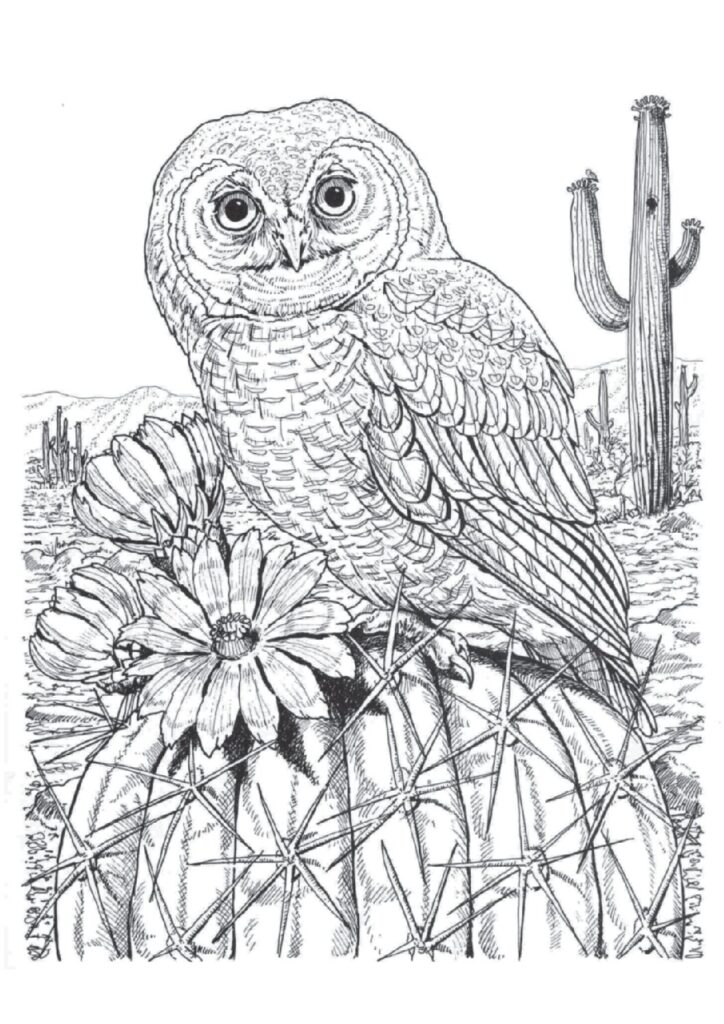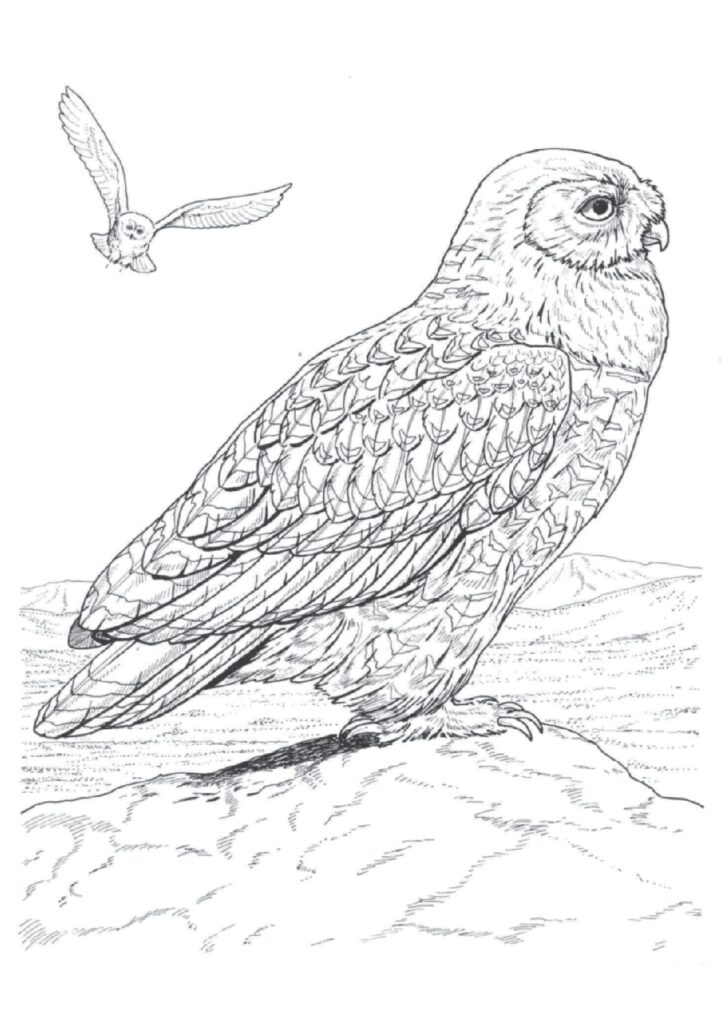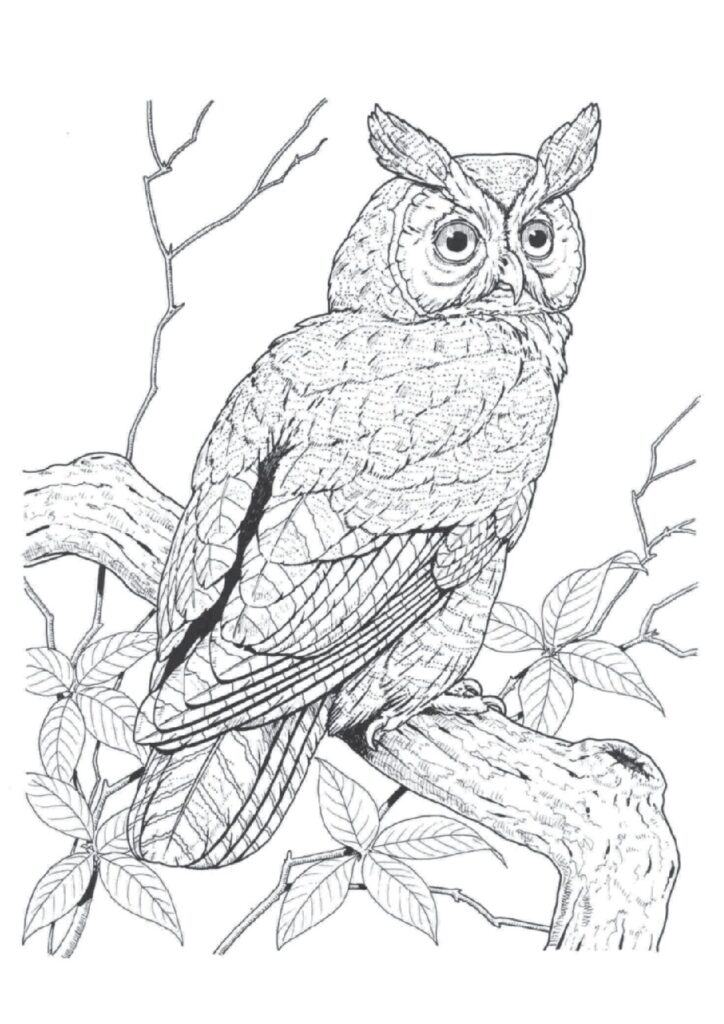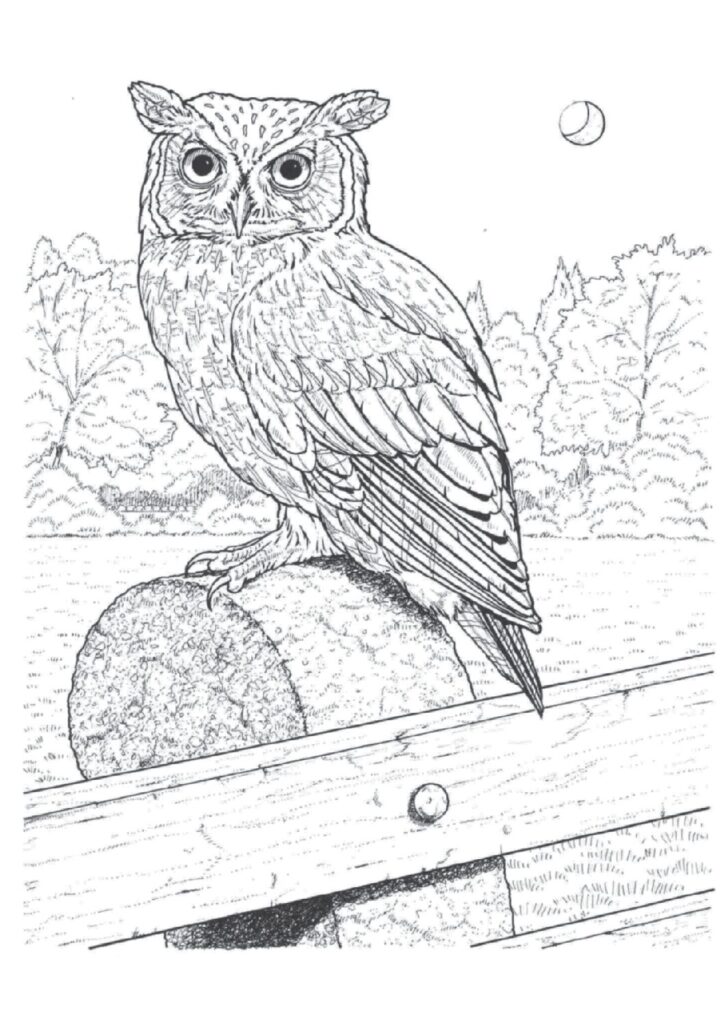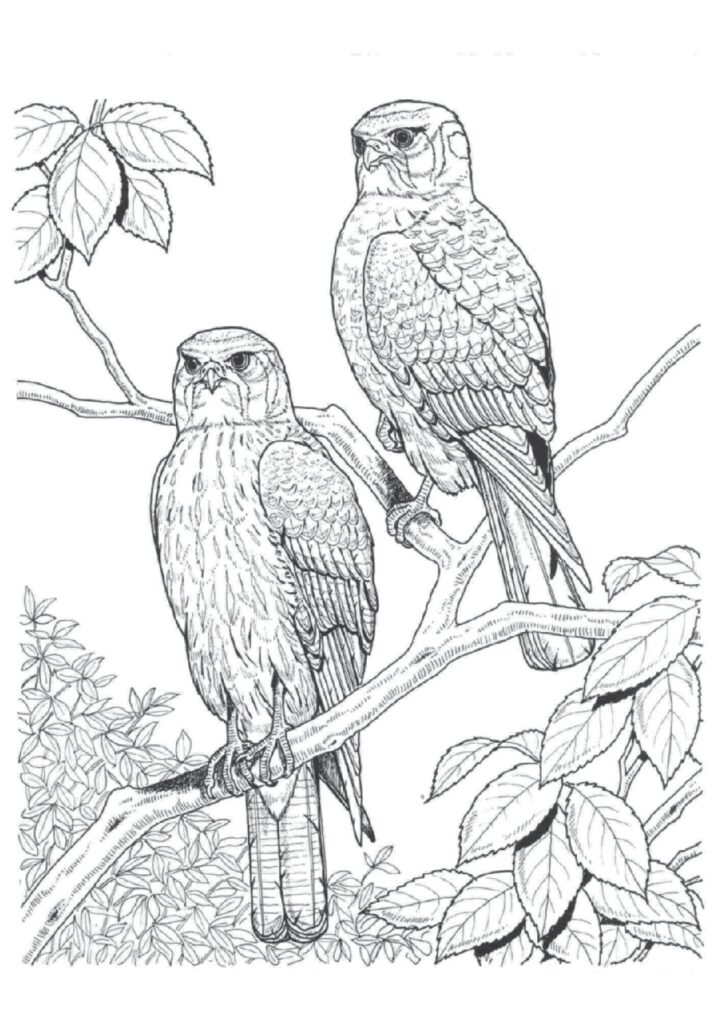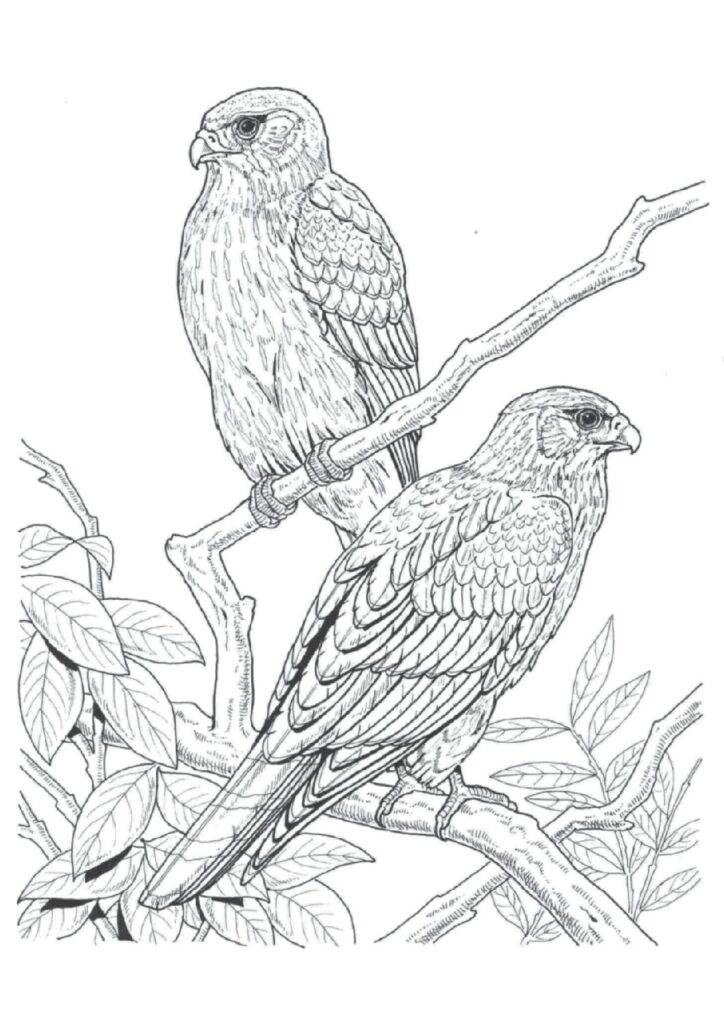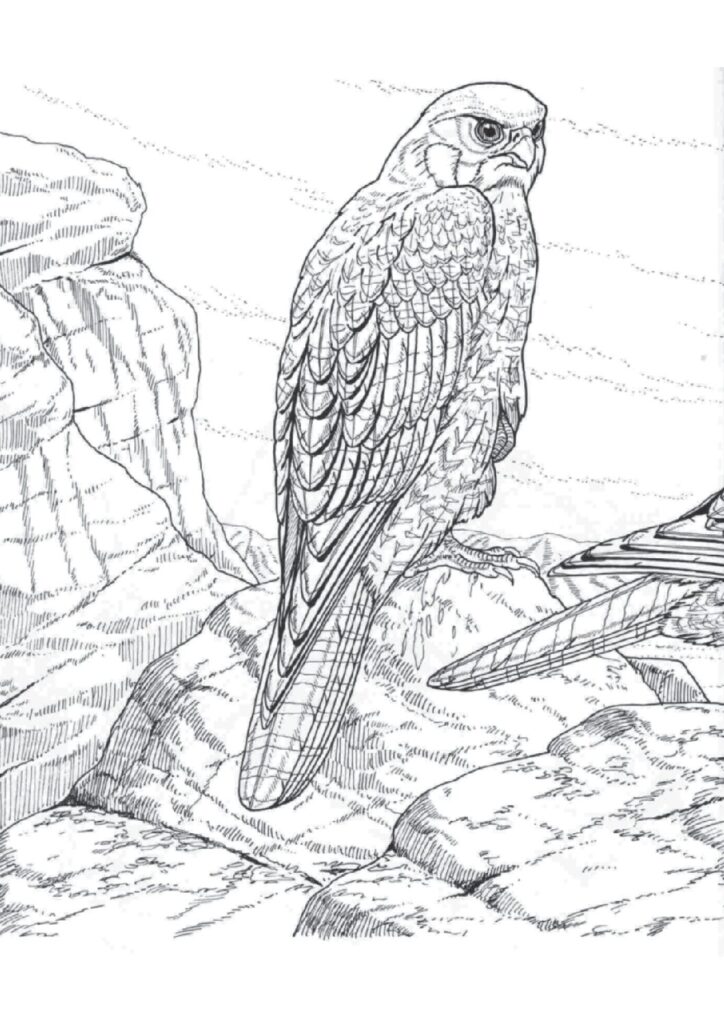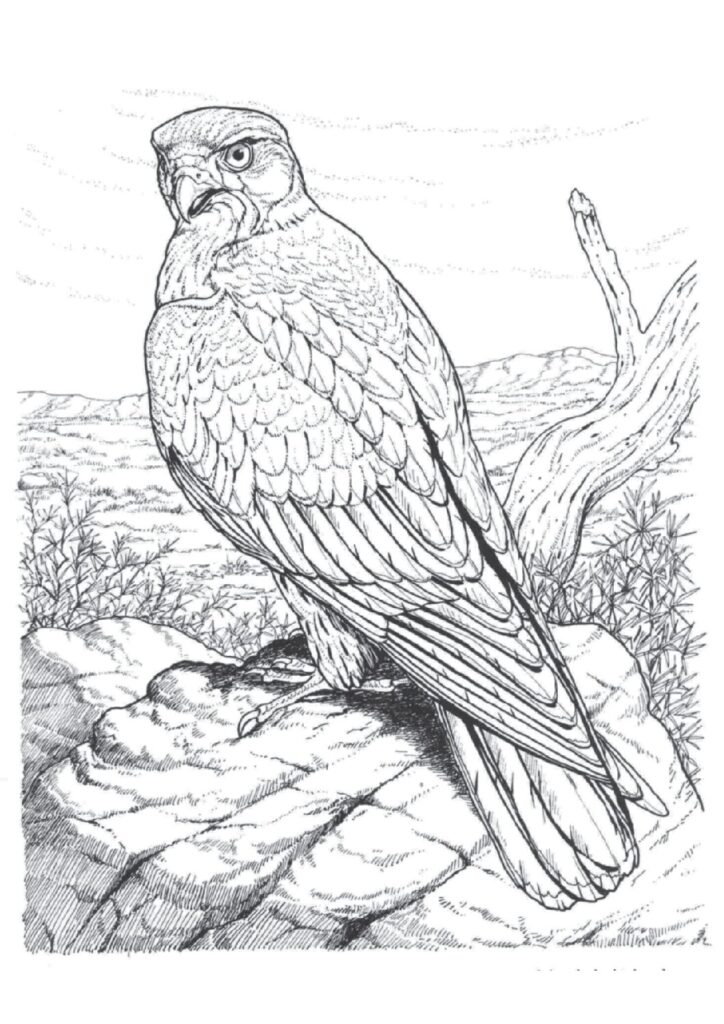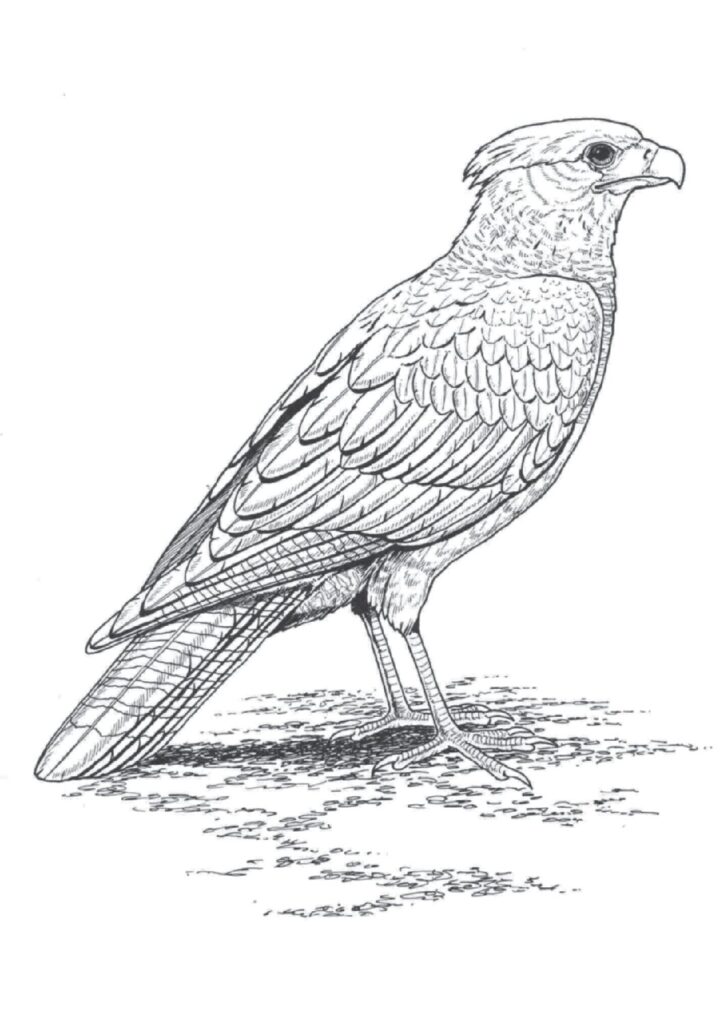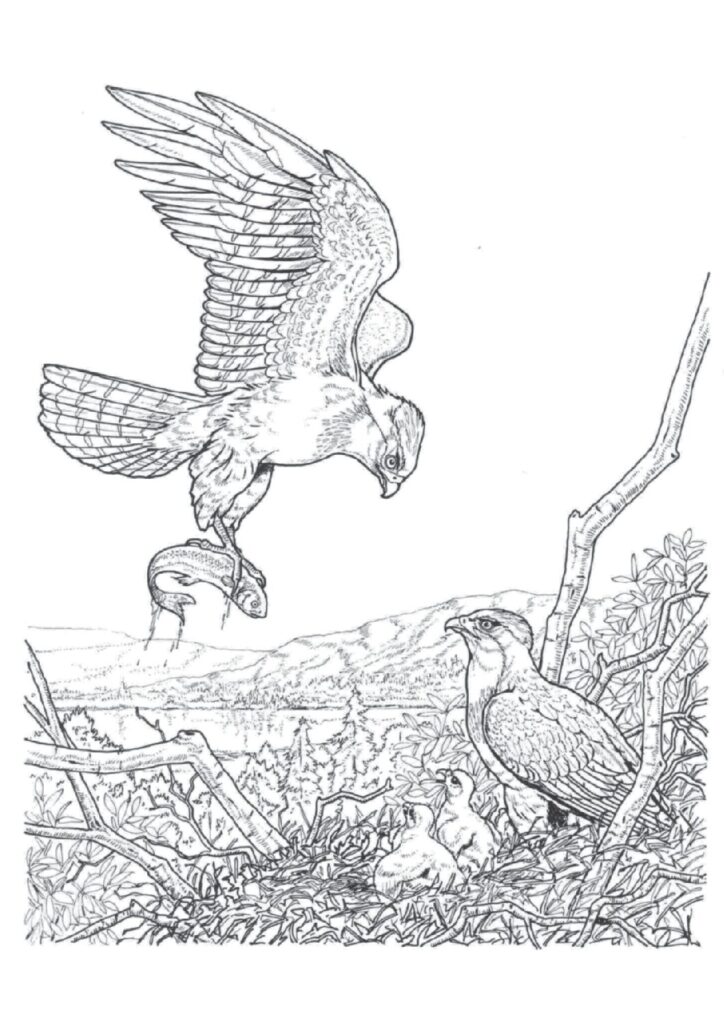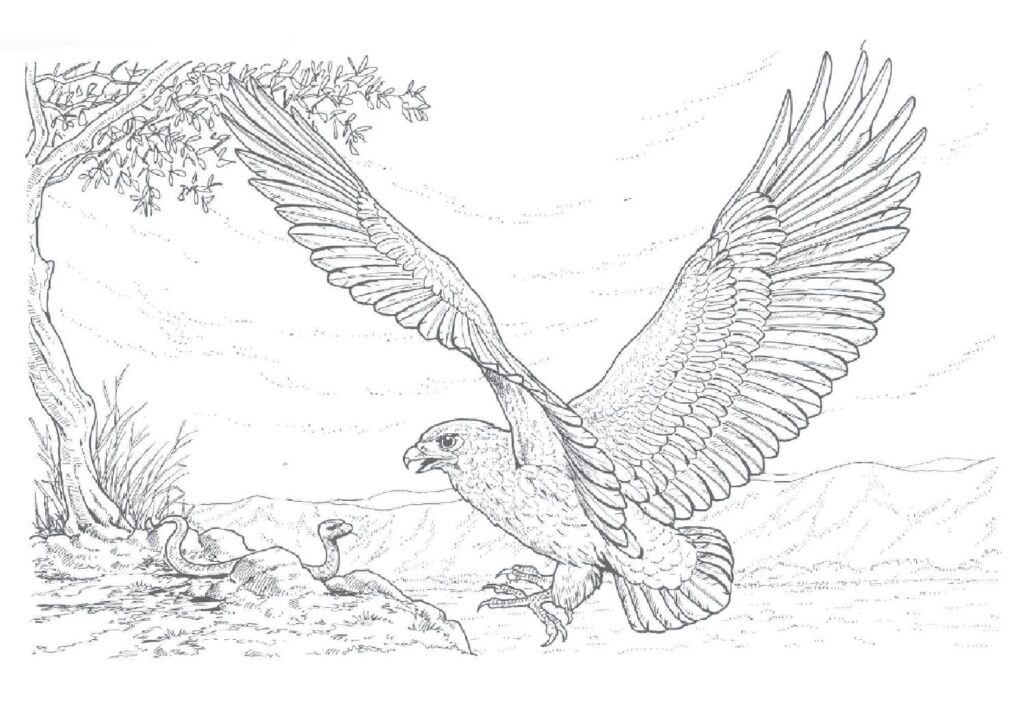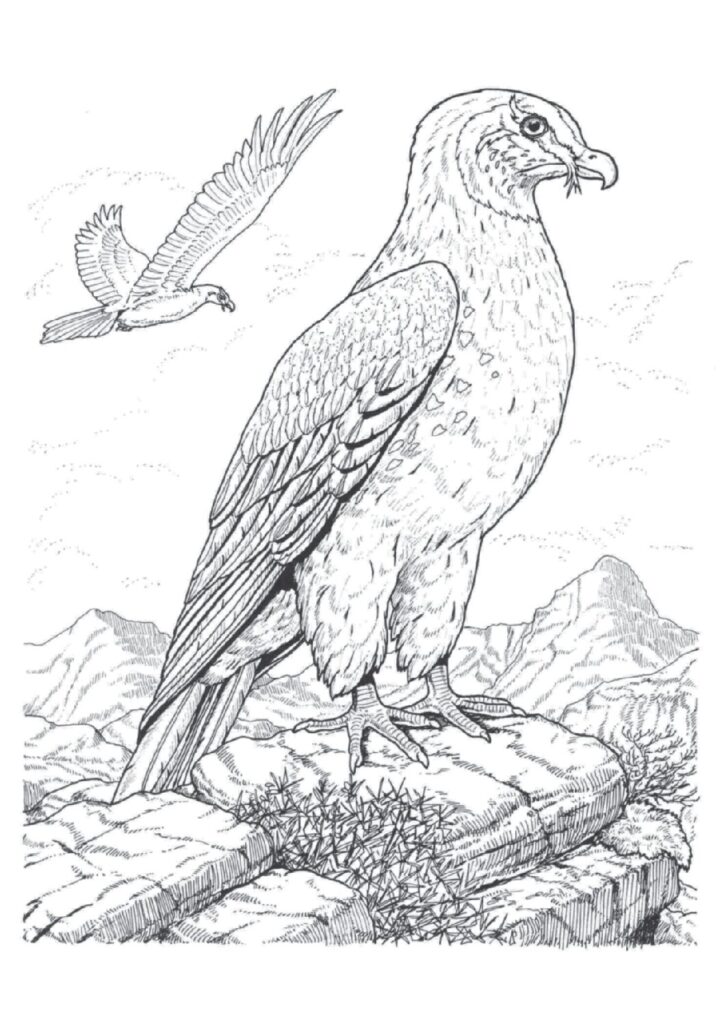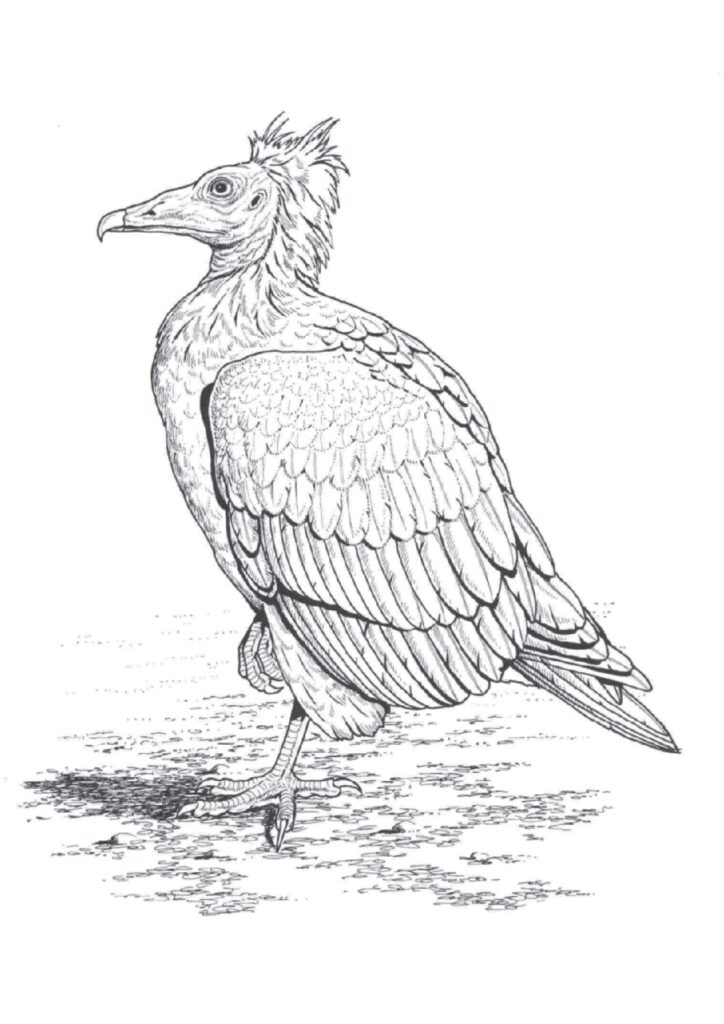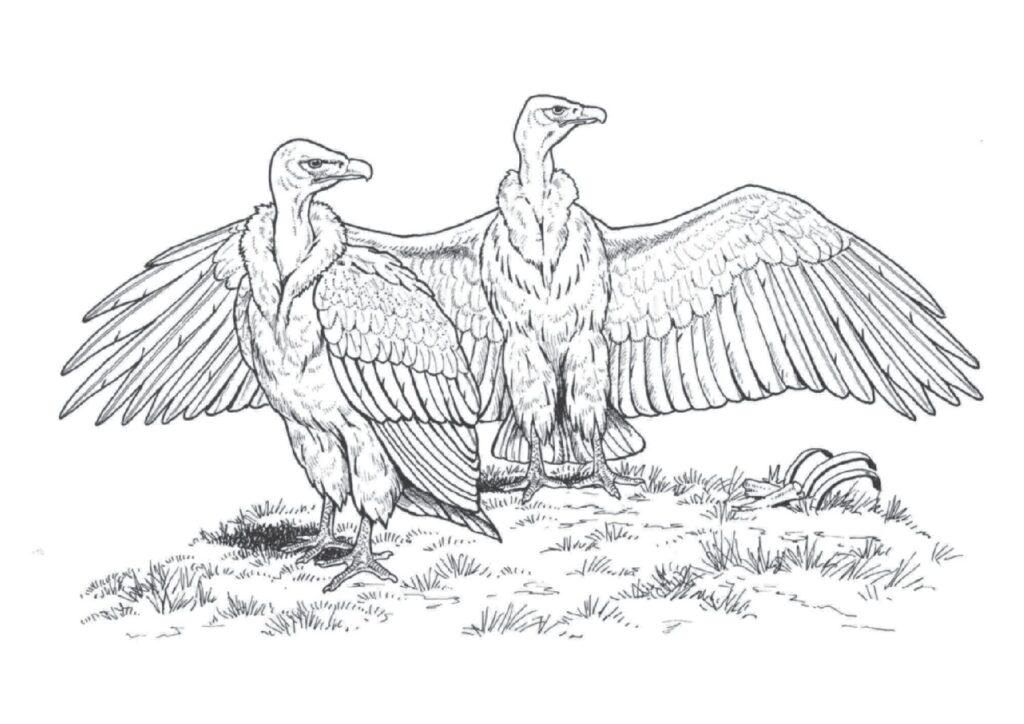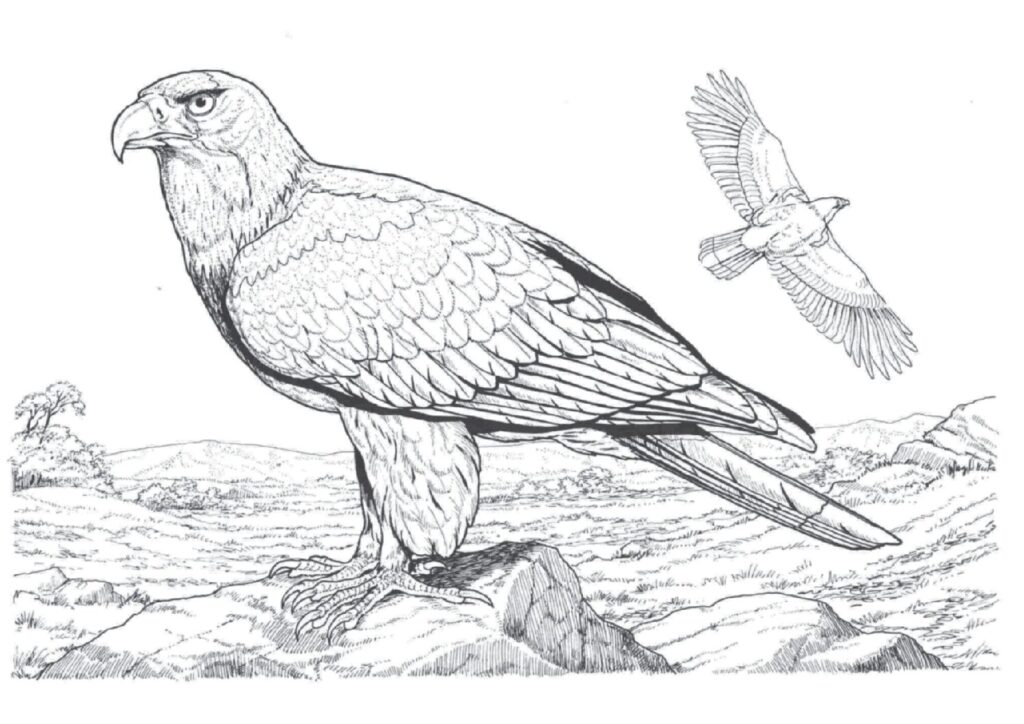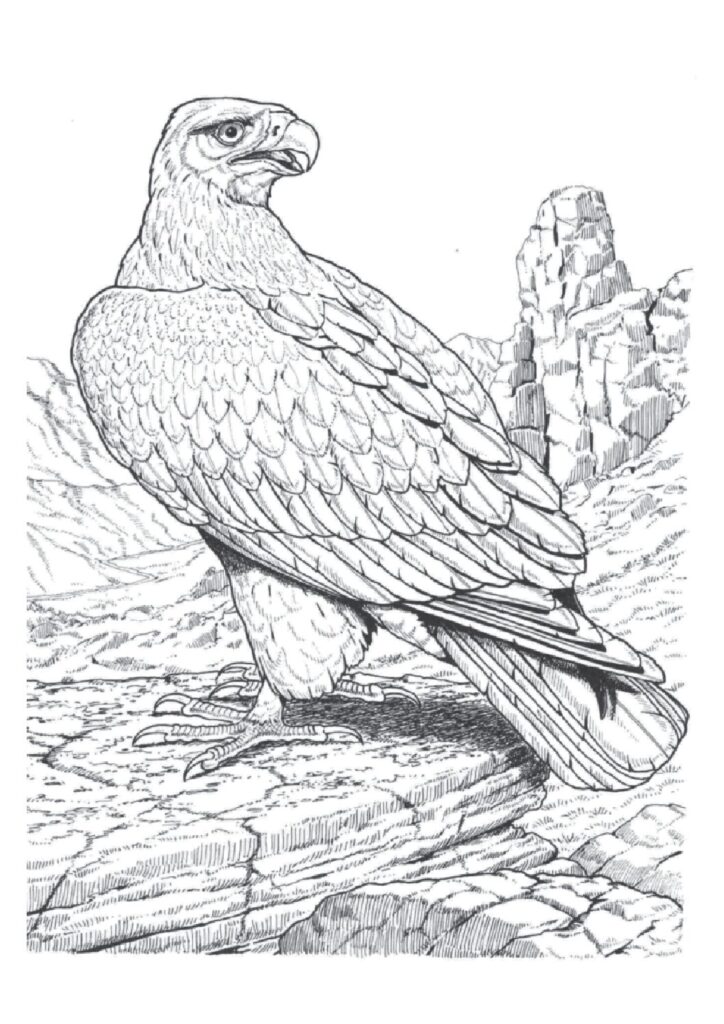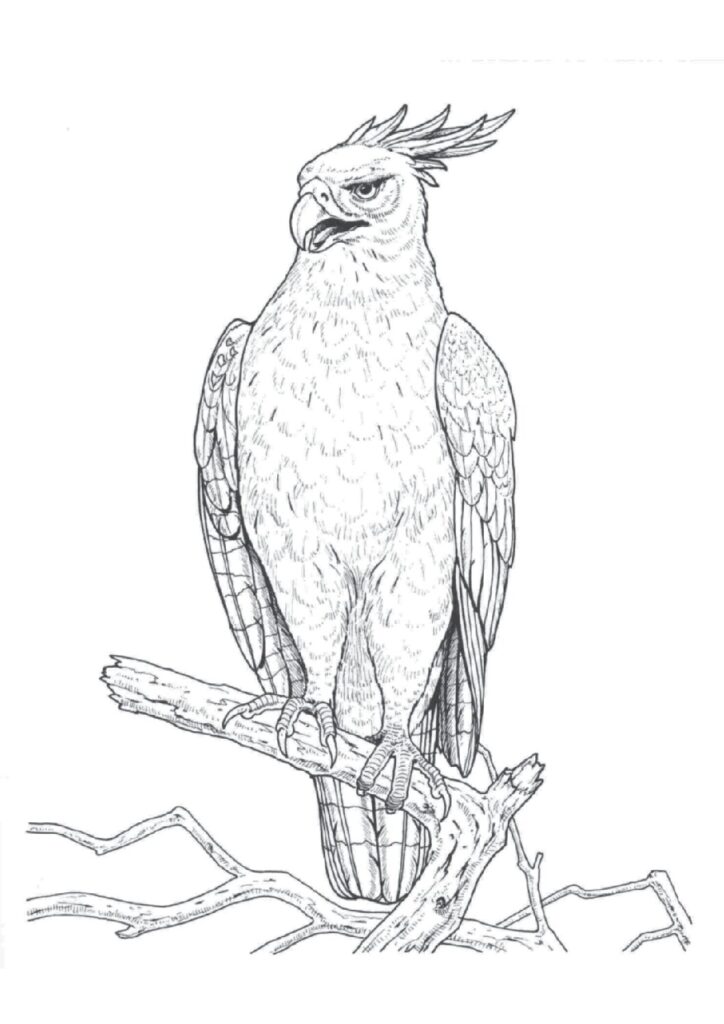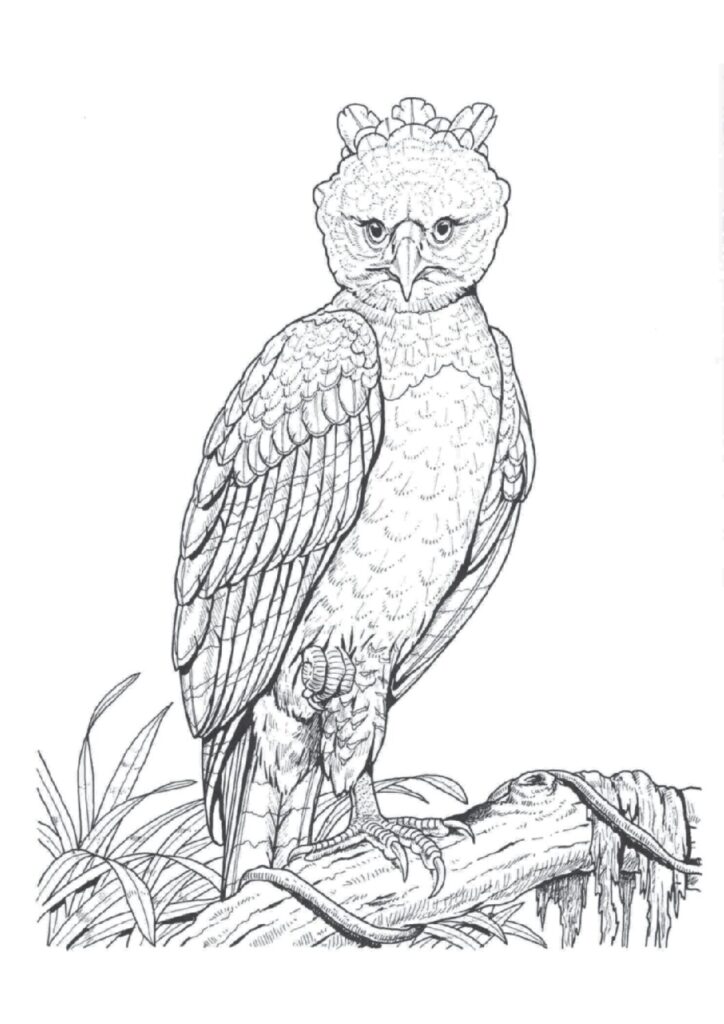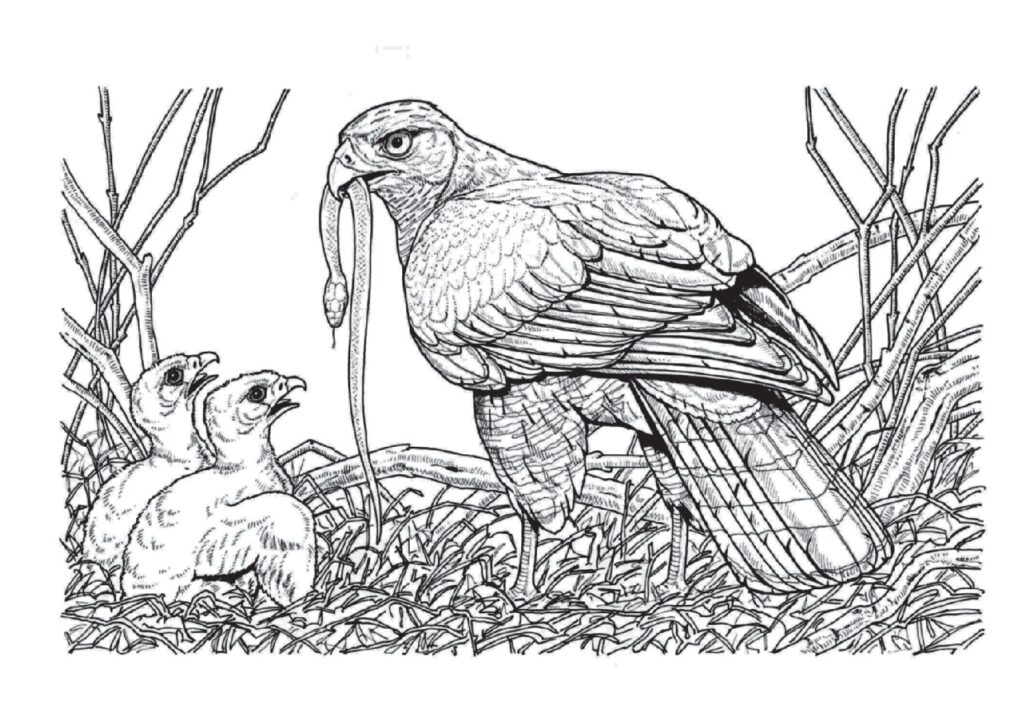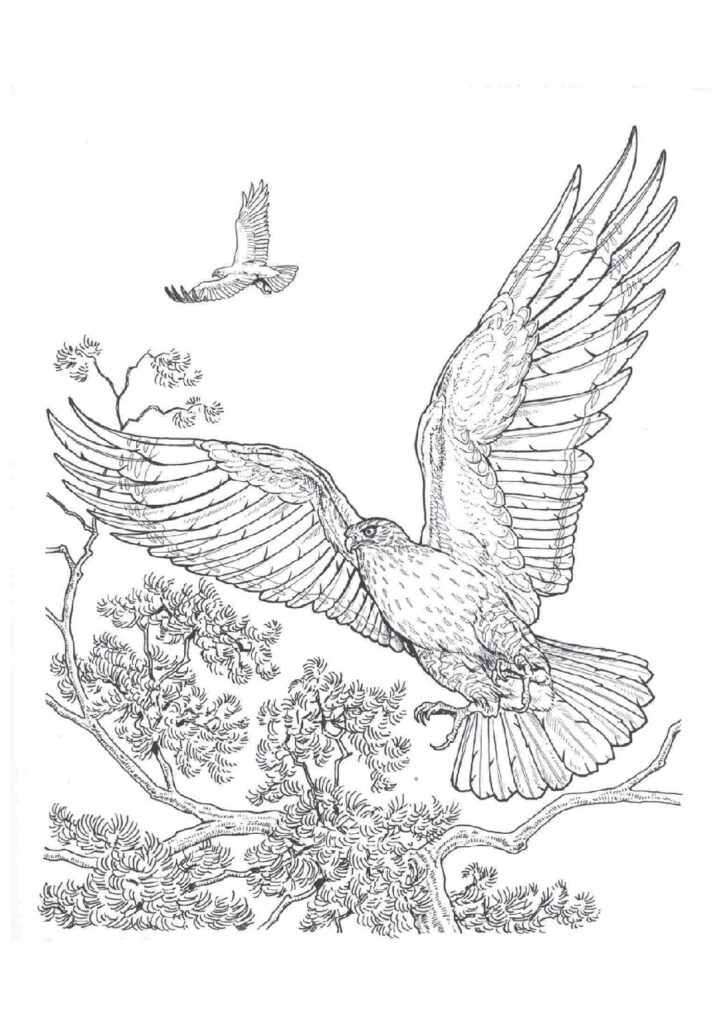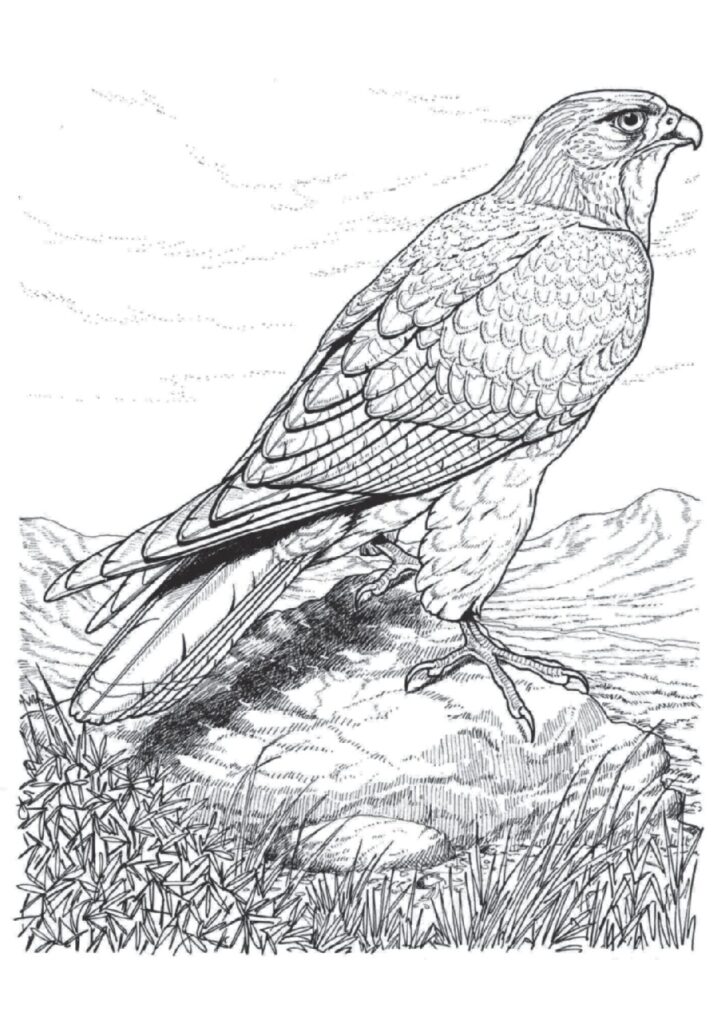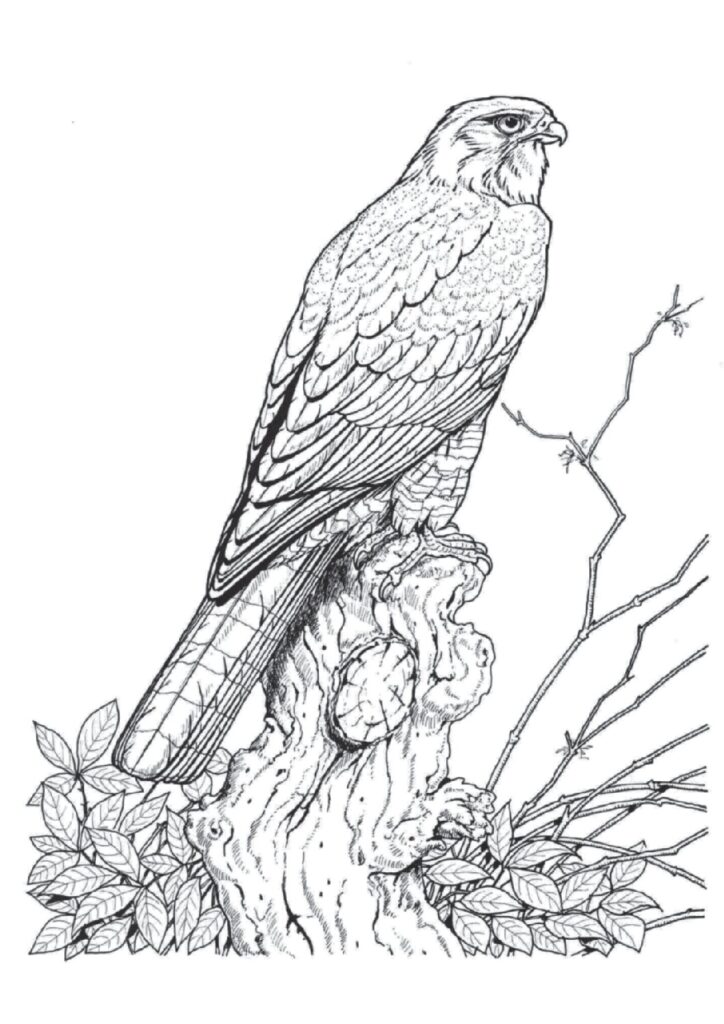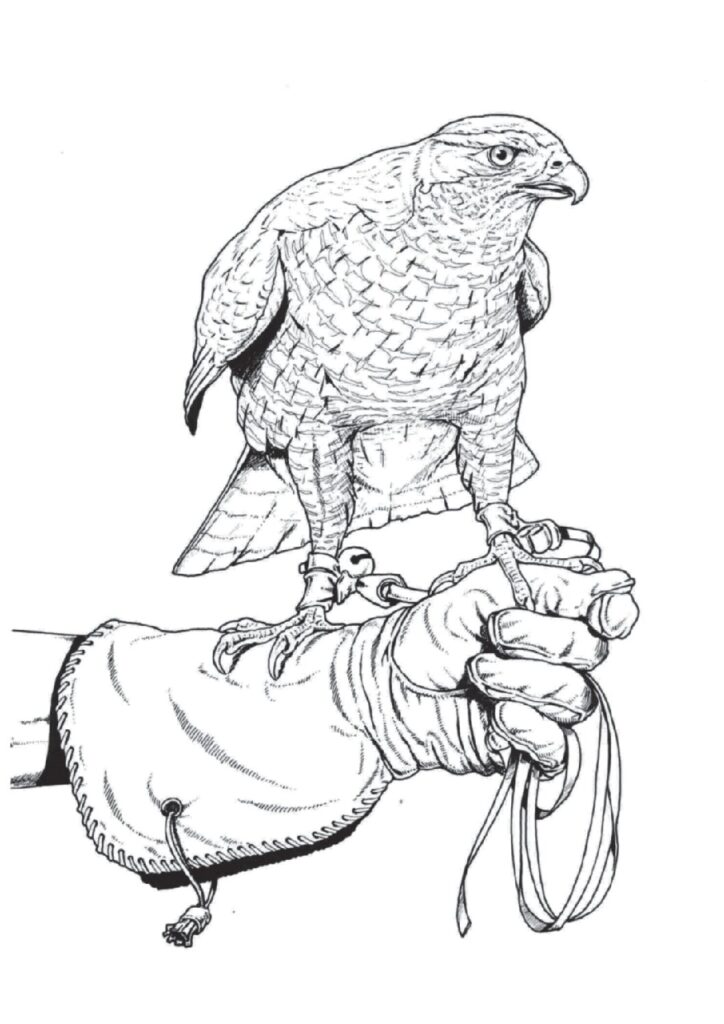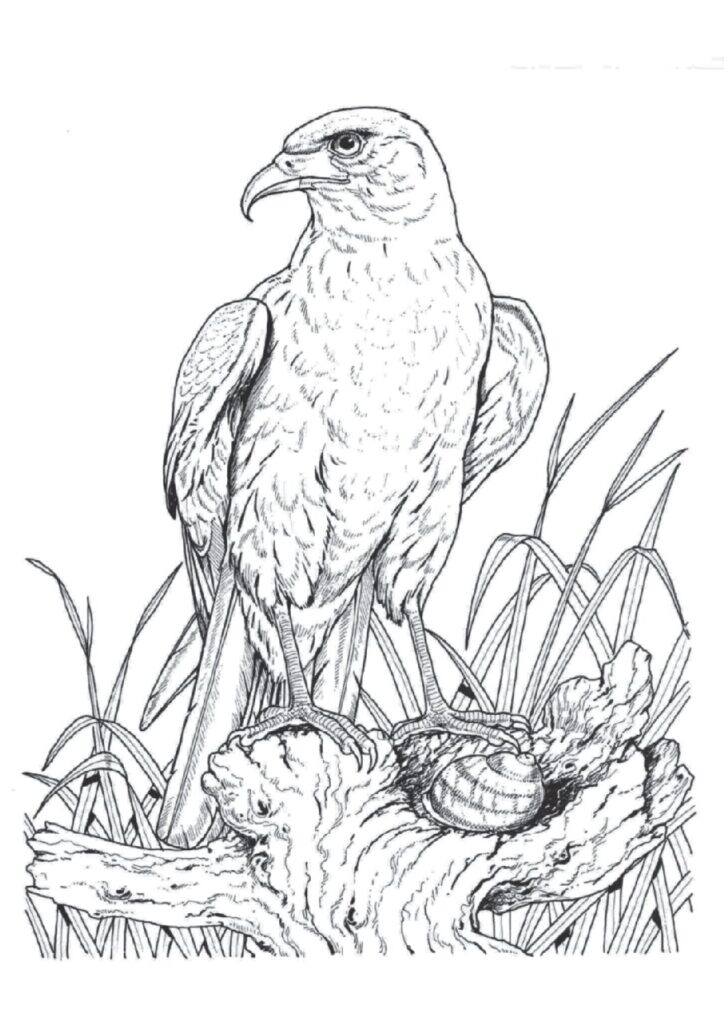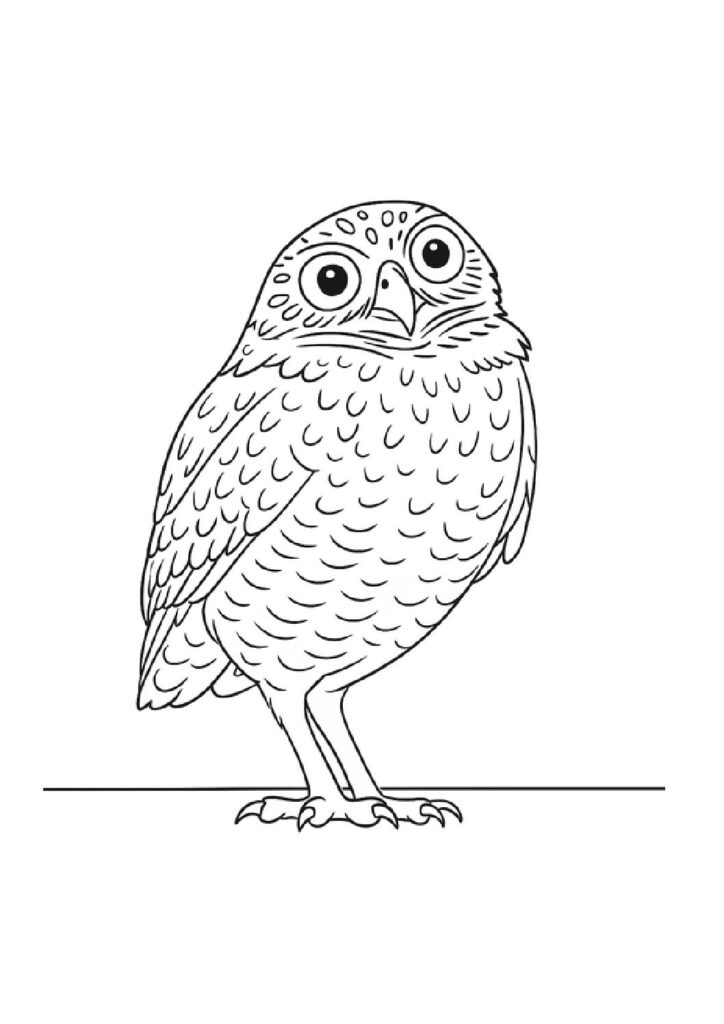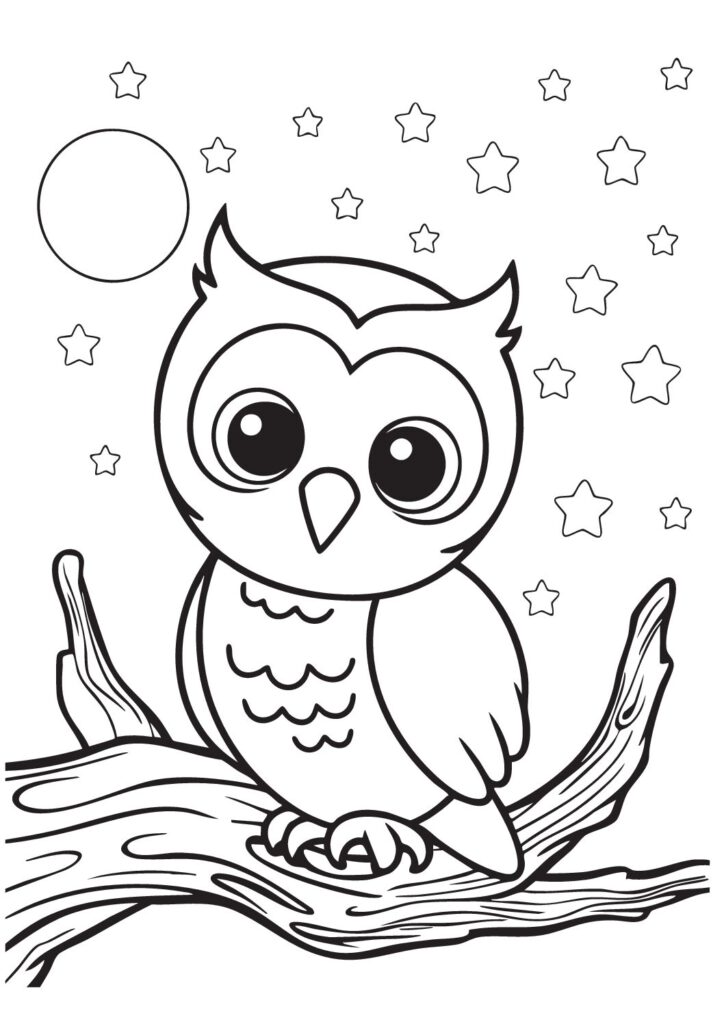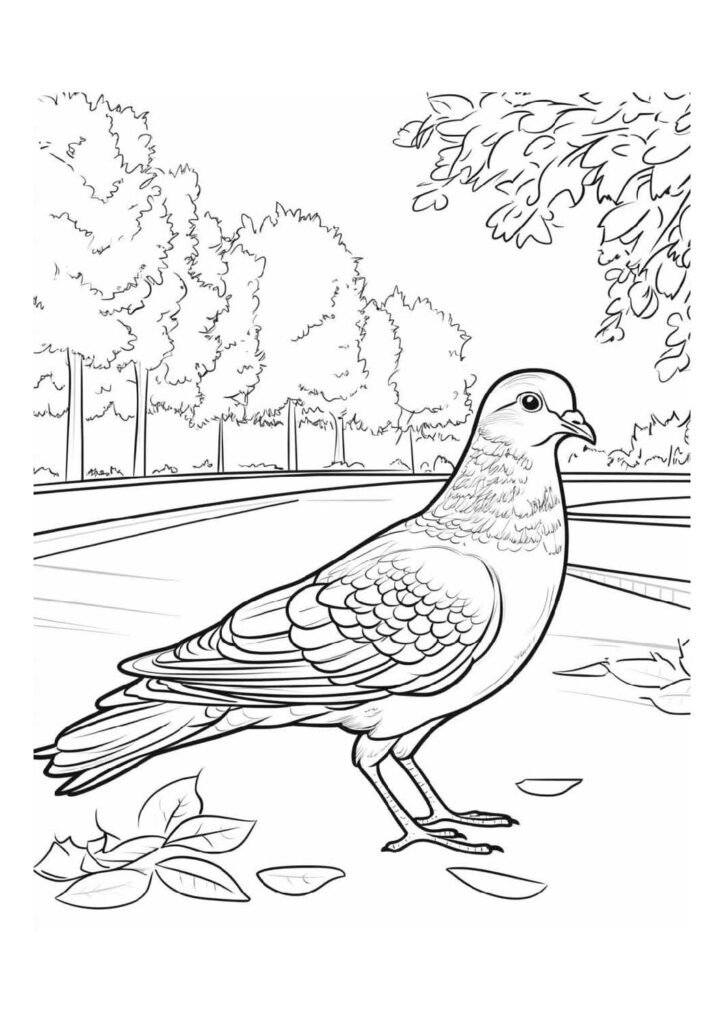48 Free Birds of Prey Coloring Pages for Download (Printable PDF)

Discover our free printable collection of birds of prey coloring pages, showcasing powerful eagles, wise owls, and fierce falcons in flight! Download these high-quality sheets featuring majestic raptors like hawks, vultures, and ospreys in their natural habitats. Perfect for kids, bird lovers, and wildlife enthusiasts, these detailed bird coloring pages highlight the strength and beauty of nature’s top aerial hunters. Each printable sheet brings these incredible predators to life with dynamic poses and stunning detail!
Incredible Birds of Prey Facts: The Complete Guide to Nature’s Aerial Predators
Introduction
Birds of prey, also known as raptors, include a diverse group of formidable hunters such as eagles, hawks, falcons, and vultures. With sharp talons, hooked beaks, and keen eyesight, these majestic birds are perfectly adapted to dominate the skies. Found on every continent except Antarctica, they play a vital ecological role as apex predators, maintaining the balance of nature through precision hunting and powerful flight.
Legendary Vision
The golden eagle’s eyes contain up to five times more light-detecting cells than a human’s, granting them the ability to spot a rabbit from over two miles away. Raptors’ forward-facing eyes provide binocular vision, enabling exceptional depth perception—essential for accurately striking moving prey at high speeds. The peregrine falcon, for instance, can track agile birds mid-flight while diving at speeds exceeding 200 mph.
Formidable Talons
The harpy eagle wields talons the size of a grizzly bear’s claws, exerting a grip strength of up to 500 pounds per square inch—strong enough to crush bone. Raptor talons are purpose-built for seizing, killing, and carrying prey, with each toe equipped with a razor-sharp claw. These lethal weapons, combined with immense leg muscles, make birds of prey the undisputed champions of avian hunting.
Masterful Flight
Birds of prey display a wide range of flight techniques, from the hovering of kestrels to the soaring of vultures. Falcons use tapered wings for blistering speed, while broad-winged hawks utilise thermal updrafts for effortless gliding over vast distances. Vultures can detect carrion from miles away and glide for hours without flapping, conserving energy with unmatched aerial efficiency.
Diverse Species
Birds of prey range in size from the tiny American kestrel, measuring just 9 inches and weighing a few ounces, to the Andean condor, with a wingspan exceeding 10 feet and weighing up to 30 pounds. The secretary bird, native to Africa, is unique for its terrestrial hunting style—stalking grasslands on foot and stomping snakes with startling precision.
Environmental Importance
As apex predators, raptors regulate populations of rodents, snakes, and other animals, contributing to the health of entire ecosystems. However, nearly half of all birds of prey are threatened or declining, due to habitat loss, poisoning from pesticides, and human conflict. The recovery of the bald eagle—once on the brink of extinction—is a triumph of conservation, demonstrating the impact of focused environmental efforts.
Cultural Reverence
From the falcon-headed god Horus of ancient Egypt to the Roman legions’ eagle standards, birds of prey have long symbolised power, freedom, and divine authority. In modern times, they feature on national emblems, flags, and military insignia. Falconry, the ancient art of training raptors for hunting, continues as a cherished tradition in many cultures, underscoring humanity’s enduring respect for these magnificent hunters.
